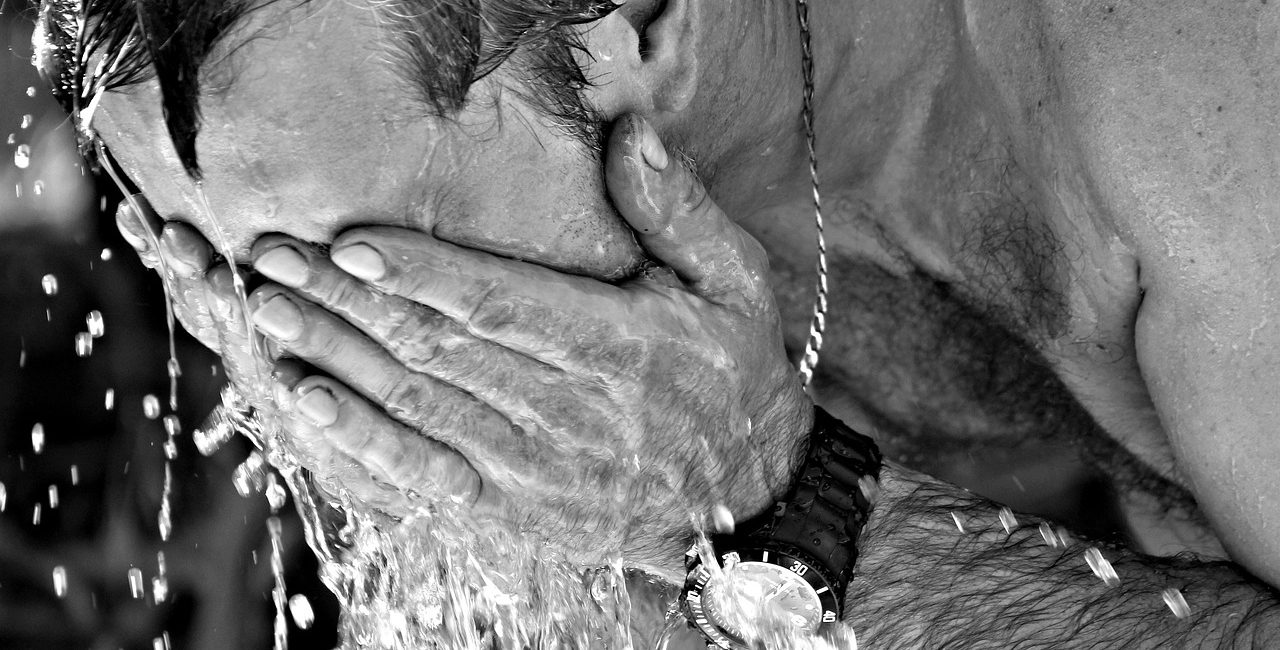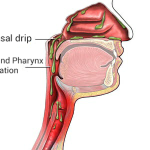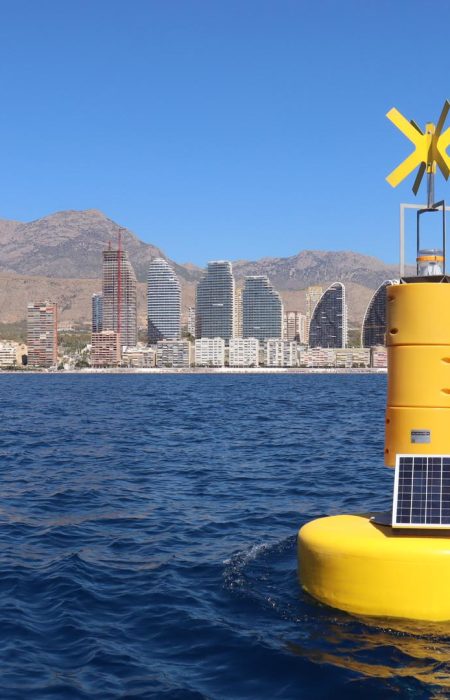High temperatures continue to influence the health of Valencian Community people. According to revised statistics from the Carlos III Health Institute’s Daily All-Cause Mortality Monitoring System (MoMo), there were 63 heat-related deaths in the first week of July. This result is important because it is nearly double the total death toll for the entire month of June, 32, according to the same data. The summer season saw a total of 95 heat-related deaths.
The July data is noteworthy because temperatures have recently dropped slightly, approaching more typical levels for early July, following the anomaly of 3.6 degrees Celsius (3.6 degrees Fahrenheit) that ended June—the hottest on record since the State Meteorological Agency (Aemet) began collecting data. Despite the reduction, the heat has persisted, particularly at night, with lows above 20 degrees Celsius (68 degrees Fahrenheit), which disproportionately affects the old and fragile.
Eleven deaths in five years
It should be noted that this figure does not represent actual heat-related mortality in the region but rather a computation based on a comparison of normal deaths at this time of year. In reality, the Regional Ministry of Health stated last week that only 11 people have died from heat stroke in the last five years, according to World Health Organisation (WHO) criteria. Of these 11 deaths, two happened in 2020, another two in 2022, four in 2023, the deadliest year in the last five years and one of the warmest in history, one in 2024, and the final two in 2025.
Two people died in July due to heat
The last two cases occurred in the first three days of July. Two individuals, a 52-year-old man from Castellón who felt unwell at work and a 53-year-old lady from the province of Alicante, were treated after exercising in the mountainous area of Callosa d’en Sarrià. Both died at the hospital after being referred there.
What to do in the event of heat stroke
In addition to heat avoidance advice, the Ministry of Health makes some recommendations if a person experiences heat stroke. The most important step is to dial 112 and follow the directions provided by the service technicians. Additionally, the following are recommended:
If feasible, move the affected person away from the source of heat.
Reduce the interior temperature by opening the windows or using a fan or other cooling system.
Wet the affected person with water and take off their clothes.
If the patient loses consciousness, place them in the lateral safety position; if they cease breathing, perform basic cardiopulmonary resuscitation.









No Comment! Be the first one.